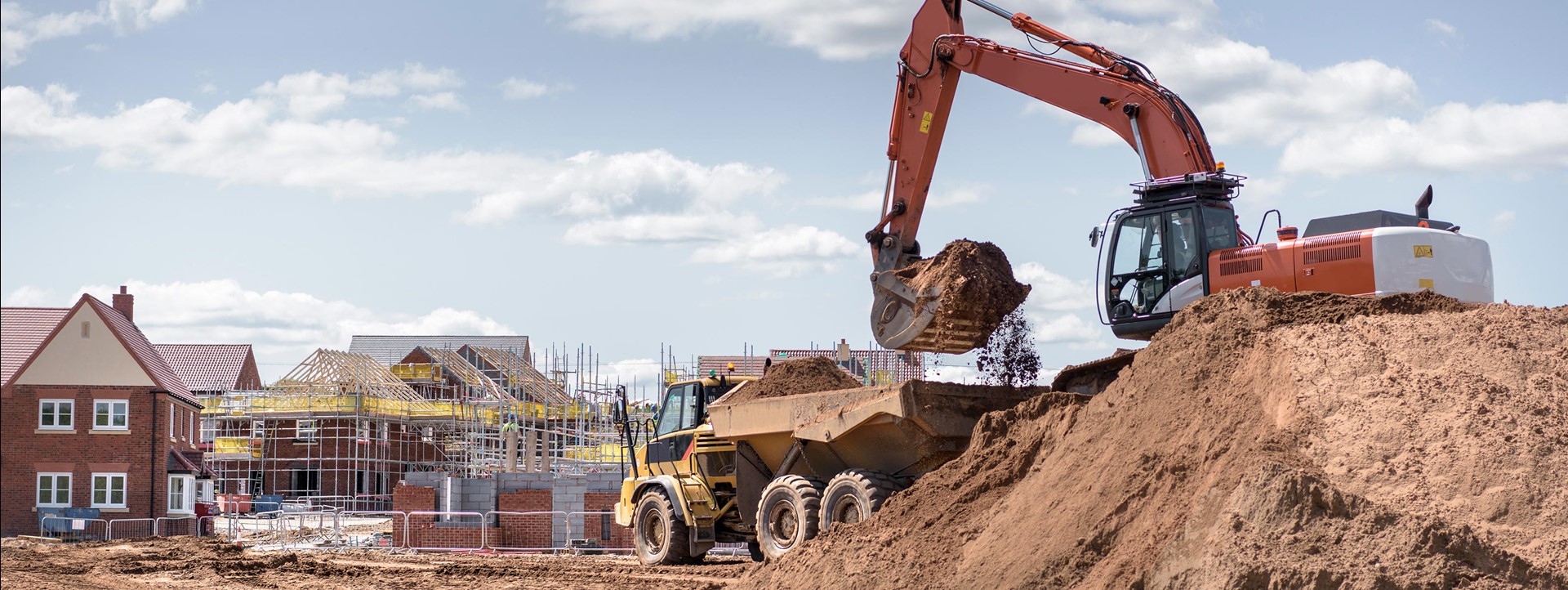Inadequate or ineffective supervision is often a contributory factor in construction industry losses and insurance claims.
Construction is one of the largest industry sectors in the UK, employing 3.1 million people or around 10% of the workforce. Though there have been significant improvements in recent years, the industry isn’t without its risks – with around 61,000 non-fatal injuries to workers and an average of 37 workplace deaths per year.
The supervisor role is a critical appointment. The Health and Safety Executive (HSE) considers that management and supervision are the most significant organisational factors affecting accidents. Yet many organisations fail to fully understand this link.
As a leading insurer to the construction industry, we at QBE recognise that inadequate or ineffective supervision is often a contributory factor in losses and insurance claims. This can include condoning unsafe acts and conditions, participating or even leading in unsafe practices, and failing to positively intervene when appropriate.
However, we also recognise that the omission of effective supervision results in a negative impact for any industry.
The essential role of the supervisor
All businesses have a legal duty to provide ‘such information, training and supervision as is necessary to ensure, so far as is reasonably practicable, the health and safety of employees.’
A supervisor is broadly defined as: ‘A person directly supervising work activities, with responsibility for putting people to work, briefing their team on how to carry out their work and ensuring that they are carrying out their work safely and identify any emerging risks through active monitoring.’
Supervision is an essential role in monitoring safe working conditions, but for it to be effective it must be clearly identified within an organisation’s safety management system; clearly disseminated throughout the organisation; and identified within all monitoring systems.
Workers should always know how to get supervisory help, even when a supervisor is not present.
Factors that should be considered when assessing an adequate level of supervision include:
- Physical capability
- The level of individuals’ safety awareness
- The level of knowledge to complete the activity or task
- Hazards and the associated level of risk
- Number of work activities or work fronts
- Number of people, plant, equipment and materials involved in each activity
- Duration of works, time pressures, shift patterns and reactive situations
- Location and environment of work activities including distances and remoteness
Where the work team are young, inexperienced or starting a new work activity, there will be a need for increased supervision. Experienced workers will need an appropriate level of supervision if they don’t have some or all the skills, knowledge, training and experience required for the job and the risks involved.
5 key stages for effective supervision
We believe there are 5 key stages in ensuring effective supervision:
1. Policy and procedures – having a defined approach to how supervision is administered within an organisation and a risk-based approach to deployment.
2. Supervisor identification – stepping away from a skill-based appointment to a supported safety attitude approach. Exploring leadership qualities, communication skills, and personality traits.
3. Roles and responsibilities – ensuring the roles and responsibilities of a supervisor are clearly defined and monitored to ensure effective deployment.
4. Training and competency – in addition to trade-based competency exploring softer skills such as time management, conflict management and presentation skills, etc.
5. Verification and confirmation – this is the most important step and acts as the verification and implementation process for the above steps. Following ‘Kirkpatrick’s Four Levels of Evaluation Model’ this step seeks to address behaviour - to benchmark the competence and progression against company procedures and best practice. Kirkpatrick suggests that ‘Behaviour evaluation is the extent of applied learning back on the job’- in short, implementation. (Kirkpatrick, 1998)
It is vitally important (from a claims resilience and legal compliance perspective) that the effectiveness of workplace supervision is assessed, applied and monitored for all activities undertaken. Effective supervision is a key factor in delivering and maintaining a successful risk management system, so minimising risk and reducing accidents.
Further, having a robust approach in place which demonstrates the provision of effective supervision is vital when managing a civil liability claim.
QBE Contractors Combined insurance
Every project can be different, so contractors need to be open-minded, agile and adaptable. That’s why we have the insurance to match. Our new Contractors Combined packages the main insurance covers into a single policy to meet the specific needs of the mid-market contracting sector.
Customers can also access a library of Risk Snapshot guides, guidance notes, toolkits and other risk management material, along with RoSPA accredited online health and safety e-learning.
You can find out more about QBE Contractors Combined insurance here.

